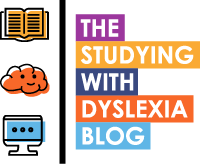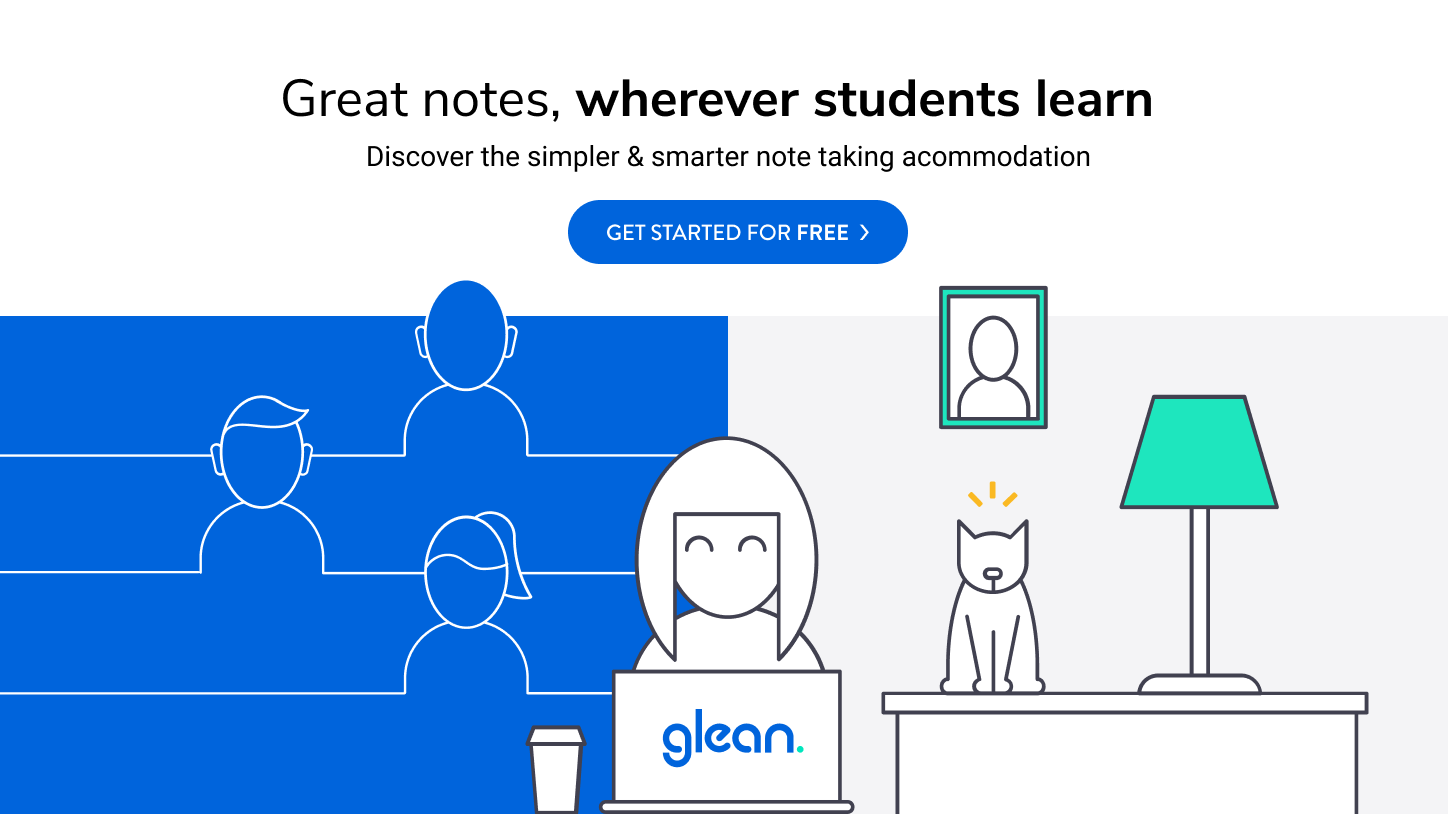It is October 2020 and the Autumn Term is well on it’s way. Students all over the UK are having to modify the way that they learn. Let’s look at the pros and cons of blended learning and what students can do to make the learning process more effective.
Introduction
This article is part one of two on how to make studying from home easier but there is a problem with the title. It is October 2020 and some parts of the UK are facing huge restrictions to mitigate the effects of COVID 19 and whilst lots of students are technically at university, their education is being served up somewhere along the spectrum from face to face learning through to learning online. Increasingly our students are facing sitting in their student accommodation watching their lectures online with face to face learning being reduced. Our students are experiencing ‘ Blended Learning’.
What is Blended Learning?
Here is a great definition:
“Blended Learning:
A style of education in which students learn via electronic and online media as well as traditional face-to-face teaching.”
Given that students with dyslexia will have differing needs for learning, the current unpredictable nature of how and where one learns at the moment will have some advantages and challenges that come with this current situation, some pros and cons. Let us take a look at these together.
The Pros and Cons of Blended Learning.
Since I started the Studying With Dyslexia Blog, I have often talked about the benefits of a ‘dyslexia friendly’ learning environment. With the current disruptions to the lives of students who are forced to adopt a ‘blended learning’ lifestyle, there are pros and cons that need to be considered. With this consideration we can start to adopt strategies for coping. So what are those pros and cons?
Below I have listed what I believe to be the common pros and cons, but if you can think of others then please leave a comment on this post below or tell me on Twitter at @dyslexiablogger
The Pros of Blended Learning?
The academic content can be recorded on screen and reviewed in one’s own time.
Distractions from having lots of people around attending a lecture are reduced.
Studying and attending lectures potentially can be done in a comfortable and familiar setting e.g bedroom, student room etc.
The student can potentially tailor their learning environment to their needs.
The Cons of Blended Learning?
Whilst recording lectures is potentially useful, reviewing that content can be time consuming upon playback.
Not having one’s friends around at lectures and onwards into the student common areas can make it difficult to learn together ‘in the moment’.
Learning in a familiar environment can also bring about distractions and increased procrastination e.g doing something thought to be enjoyable whilst listening to a lecture in the background.
If the student hasn’t considered their learning needs as they set up their learning environment then they may feel demotivated if their ability to learn is compromised by an unfavourable learning environment.
Final Comments.
For me, I believe that there are some key factors that have to be in place for effective learning to take place especially during this period of disruption. The first is that for students with dyslexia, higher levels of anxiety are common and this needs to be managed. So often anxiety is linked to a feeling of dis-empowerment or not feeling in control. When further elements of our learning lifestyle is affected, such as being forced to adopt blended learning, anxiety can spike, if that is the case then we simply will struggle to focus on the learning. We need to feel like we have our learning needs covered and have the right tools in place to meet those needs. Those tools should be a mix of state management strategies, assistive technology and effective study skills tuition. We also need to put what we need in place to be able to keep focused e.g keeping fed and hydrated, good quality pens, paper and note taking systems from which to refer to.
When sitting down to watch a lecture on a platform such as Zoom or equivalent, we have to make sure that we are engaged with the lecture and take effective notes. Whilst we can record the lectures, it is not enough to simply listen to and then ‘listen again’ to the recording. We need to interact with the recording via effective notetaking. During the actual presentation it could be useful to put a time stamp next to your note for a particular section of a lecture, for example, “10 minutes 37 seconds - Check the structure of the cell and the role of mitochondria.” Whilst it is possible that at that time you may have zoned out, at least you have given yourself a ‘signpost’ back to where the relevant information is. Then later on upon playback you can listen to that section at your leisure, without having to listen to the whole recording to find where that interesting ‘mitochondria bit’ was, stopping and starting the recording as needed.
Make sure that if you are recording each lecture that you have an effective referencing system in place to be able to find the key information that you need for future revision. There are plenty of different styles of notetaking software that can help in this way and it is important that you find a package that works well for you.
This has been part one of two focusing on studying from home (or equivalent) easier. In my next article on this topic (Click here as this is now live - John) I will go into more detail about how to make the learning environment support the learning needs of the dyslexic student, a term referred to as ‘Niche Construction’. Please subscribe to this blog so that you don’t miss the next installment.



